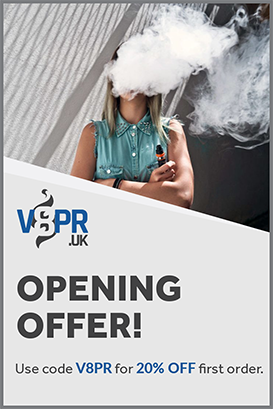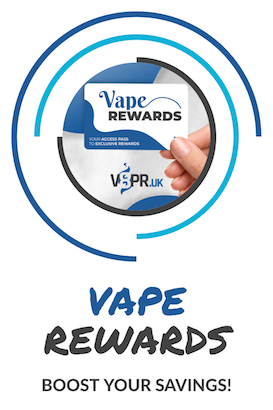
Vaping 101: Is Second Hand Vapour Hamrful to Your Health?
Vaping is steadily becoming a more popular alternative to cigarette smoking as people deem it a healthier option, though some would argue that cloud chasing is the lesser of two evils. There’s plenty of confusion when it comes to the impacts of vaping on your health, especially second-hand vapour, which is often mistaken to be just as dangerous as second-hand smoke from tobacco.
With that in mind, the article aims to clear the fog on the effects of vaping and how it is unlikely to pose a health risk to the people around you.
What is Second Hand Vapor?
Before anything else, it helps to understand what second-hand vapour is and how it differs from what you would expect from combustible cigarettes. The vapour, which is technically considered as an aerosol, is exhaled into the air by the vaper.
The vapour is typically denser in vaping compared to traditional cigarettes, mainly for cloud chasers who produce massive hits that linger in the air. While it can look intimidating for a bystander, there’s no reason to panic as there is simply no smoke that others can inhale.
Vapour clouds are produced due to the metal coils found in atomizers, which heat the e-liquid and produce a flavorful experience. It isn’t a product of combustion, unlike smoke, which produces volatile gasses like carcinogenic particles, carbon monoxide, and a dangerous mix of other products that often occur when you burn substances like tobacco with fire.
Vapour has little-to-no harmful chemicals or metals, and the amount is barely comparable to the dangerous content levels you’d see in smoke.
What is in a Second-Hand Vapor?
As mentioned above, the smoke you can inhale from cigarettes contains substances that occur only when it is combusted. There is also no side stream of vapour as you would get from the constant emission in cigarettes, meaning that the only way you can inhale second-hand steam is if the vaper inhales.
Speaking of which, vapour that is exhaled does not contain any high amounts of anything as most substances are usually absorbed in the vapour’s lungs, throats, and mouths. This includes the main base of e-juices, such as propylene glycol and glycerin, both of which are not harmful to your health, to begin with.
Of course, that doesn’t necessarily mean vapours get a free pass on vaping wherever and whenever they feel like. Second-hand vapour still requires surveillance, though there is barely any risk as there are no harmful substances that can irritate the lungs of bystanders.
Nicotine is also not part of the exhaled vapour as most of its contents from salt nic are absorbed by the vaper.
The Bottom Line: Second Hand Vapor is Not Dangerous, But There are Vaping Etiquettes that Must Be Followed
The good news is that vapours and bystanders alike don’t need to worry about the ramifications of second-hand vapour. Nonetheless, rookies and seasoned vapers alike shouldn’t feel free to vape without any regard for other people.
Even when you’re in a public place, some people are more sensitive to these matters more than others, so giving respect as a responsible vaper should always be your concern.
If you’re looking to learn more about vape tips and news in the UK, or even buy a vape kit, contact us today at V8PR, and we are more than happy to assist you!







